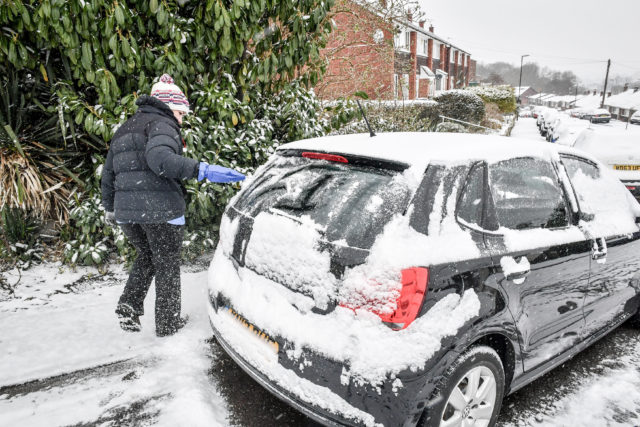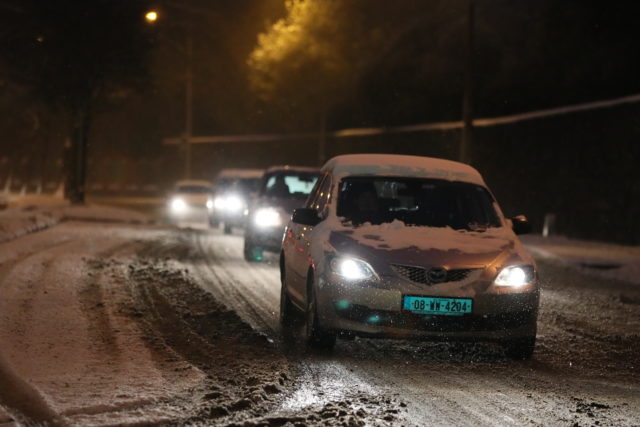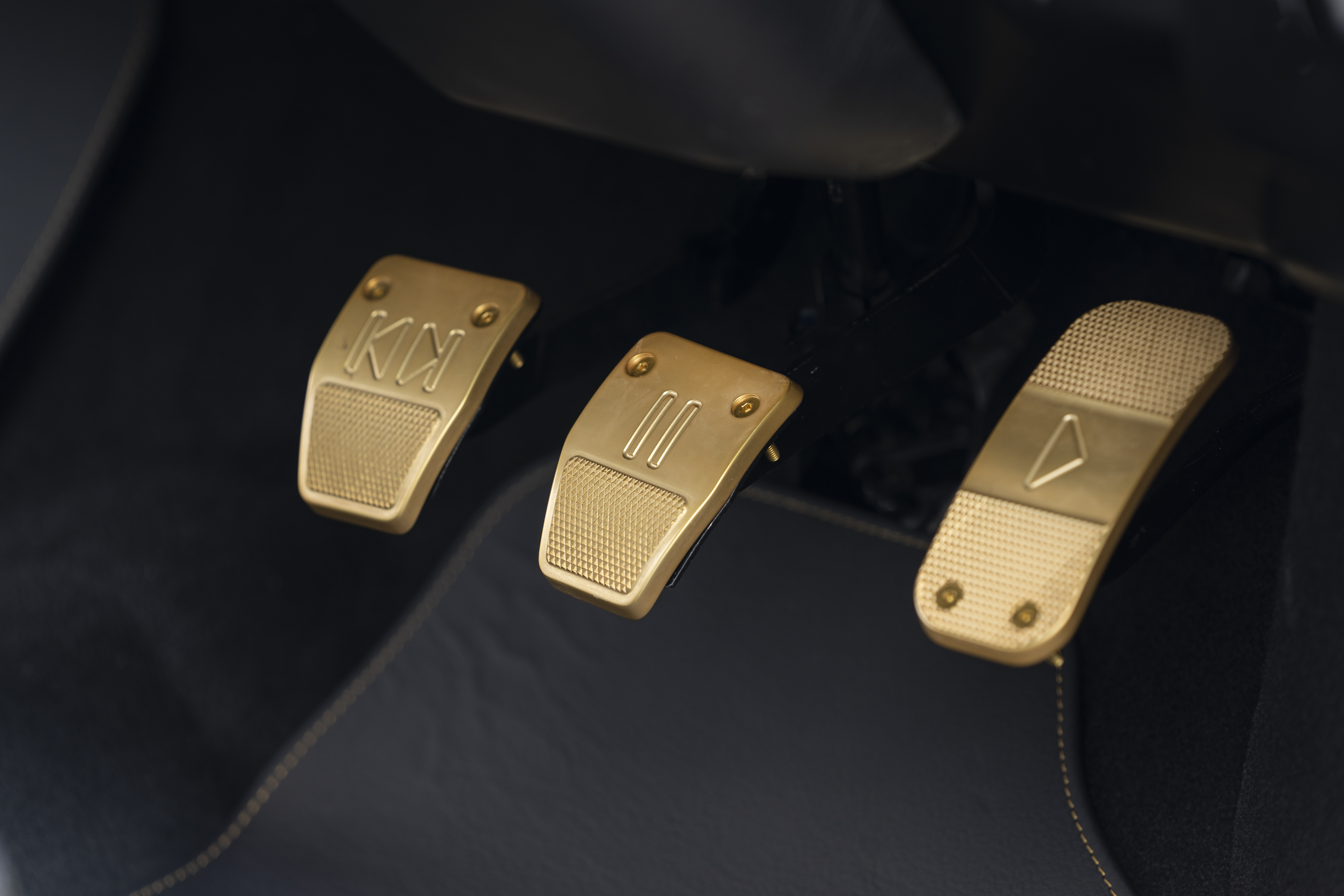How can I drive safely in snow and ice?
Hazardous driving conditions are set to hit parts of the UK soon, but what should you do if you find yourself behind the wheel during them?

Parts of the UK are braced for hazardous conditions with a yellow weather warning for snow and ice being issued by the Met Office from 5pm on Tuesday until 11am on Wednesday for parts of northern and eastern Scotland, north-east England and Yorkshire.
There’s also a separate warning in place from 5pm on Wednesday until 11am on Thursday for eastern Scotland and north-east England down to North Yorkshire.
It means that many drivers could face difficult motoring conditions with both snow and ice proving quite tricky to navigate. Here, we’re going to go through some of the measures you can take to make sure you’re safe when travelling in these poor conditions.
Consider whether your journey is essential

>
First off, it’s worth thinking about whether you actually need to travel. Driving in ice and snow has many potential issues, so deciding if your journey is really essential is a good place to start.
Remember, if you have any doubts – or if you feel like driving in bad conditions would make you feel particularly stressed or nervous – then it’s best to stay at home.
Clean off any snow on your car

>
If you’ve decided that you need to travel, then it’s time to clear off your car. Snow accumulates atop a car after it falls and it’s this fallen snow which proves the most problematic as it can cause issues for other road users if it isn’t cleared. It’s also illegal to drive with a windscreen that is covered in snow and ice, so make sure it’s properly cleared.
Using an old-fashioned ice scraper is always a good method, though there are plenty of dedicated products that can make light work of the job. Remember to clean the roof of your car of any snow, too, and we’d clean the wing mirrors to ensure they’re clear as well.
Don’t leave your car unattended
Though it can be tempting to leave your vehicle running and head back into the warmth of the house while it defrosts, this is a habit which is best avoided. It’s times like these when thieves will strike, heading off in your car while it’s running.
As such, we’d recommend always staying with your car. Plus, if a thief managed to take off with your car in this way, most insurance companies wouldn’t pay out.
Try and keep to main roads

>
Obviously this will be tricky if you live in more rural areas, but it’s always a good idea to stick to main roads when the weather is poor. Key arteries are often gritted and cleared more often, so there’s a better chance that you’ll be able to travel on roads which are a bit safer.
If you can, try and take flatter routes too as hillier sections have a greater possibility of being frozen or snowed over. Again, this isn’t always practical but it’s good if you’re able to.
Give yourself more time and keep your distance
When you’re driving in snow – or even heavy rain – leaving yourself extra time is never a bad thing. It helps to give you a little more breathing space and avoids that ‘in a rush’ feeling which can lead to poor decisions.
You should also be leaving a far larger gap between yourself and the car in front, too, to give adequate stopping time. It also helps traffic to flow better without stopping and starting – it’ll also reduce your chances of getting stuck in particularly deep sections of snow.
Go gently with the throttle

>
Driving on snow and ice is all about being gentle. Avoid harsh acceleration or braking as this can often upset the car and cause a spin. The same goes for changing gear; dip the clutch and take your time as you shift.
In a manual car, it’s worth changing up a gear earlier than you might usually as this will help to keep the revs low and reduce the possibility of spinning the wheels.
Pack ahead
There’s always a chance when you’re driving in poor conditions that things could go wrong. That’s why packing ahead is such a good idea. We’d suggest keeping some warm clothes in the boot, along with a blanket and some gloves so you’re not caught out if you need to stop.
A fully charged-up battery pack will ensure that you can keep your devices is a worthwhile addition and we’d also add in some sweets and water, too.





